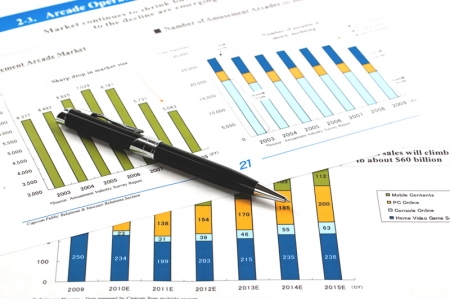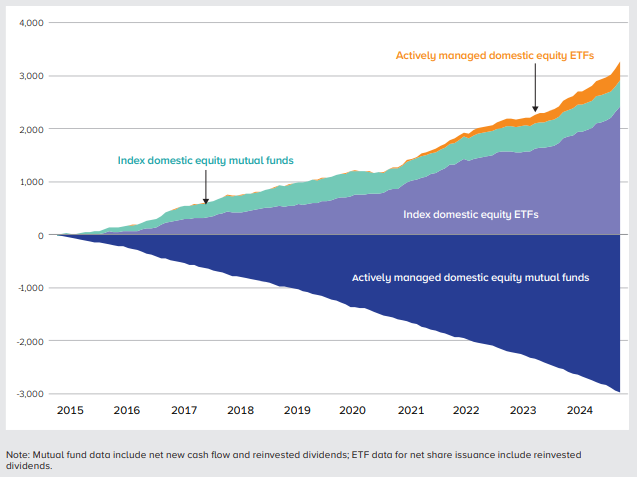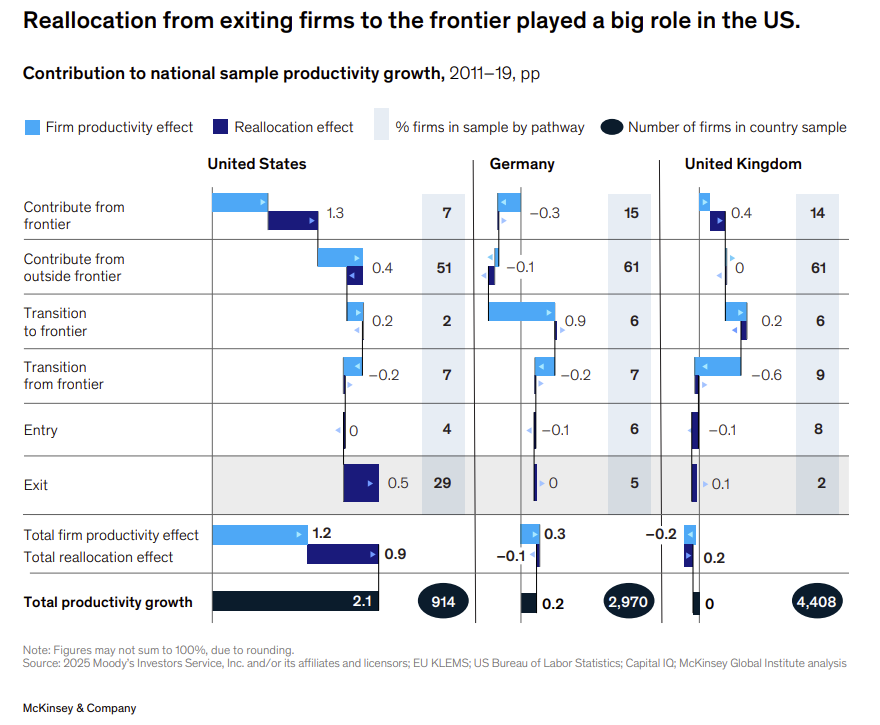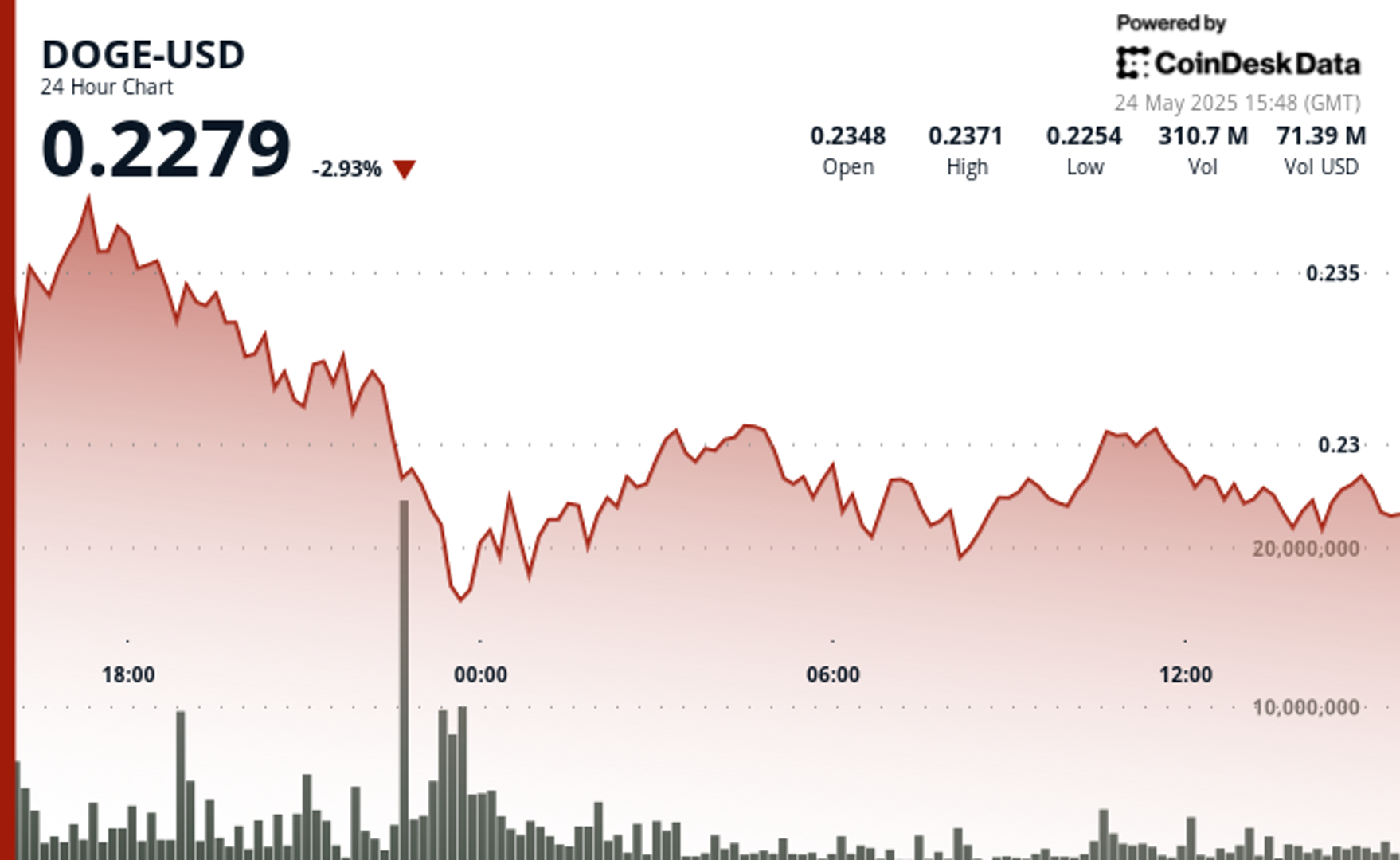These Are the Biggest Social Security Changes You Need to Know About This Year
There are a myriad of reasons why retirees look to build long-term portfolios that can sustain their spending goals in retirement. For one, social security benefits aren’t generally considered to be enough to cover most Americans’ spending needs in retirement. Having a larger nest egg set aside to cover one’s expenses (which have been rising, […] The post These Are the Biggest Social Security Changes You Need to Know About This Year appeared first on 24/7 Wall St..

There are a myriad of reasons why retirees look to build long-term portfolios that can sustain their spending goals in retirement. For one, social security benefits aren’t generally considered to be enough to cover most Americans’ spending needs in retirement. Having a larger nest egg set aside to cover one’s expenses (which have been rising, in many cases, faster than inflation) is certainly a good idea. That’s one of our goals here, in helping investors find the sorts of long-term investing opportunities they may require to meet their long-term financial obligations.
Unfortunately, the reality is that more than half of Americans play to rely on social security to provide most, if not all, of their income in retirement. And with around 69 million Americans expected to take social security payments in 2025, that means that any social security changes will impact a very large swath of the U.S. population.
Here are four top changes that are coming those looking to take social security in the years to come will want to consider.
Cost of Living Adjustments (COLA)

This year’s cost of living adjustment (COLA) is the smallest increase since 2021, at 2.5%. Retirees currently on social security are already seeing this higher amount on their checks, and another update will be provided in the next few months with respect to what the 2026 increase will be.
These cost of living adjustments are made to attempt to help seniors combat the loss of purchasing power of their dollar with respect to inflation. Inflation figures continue to change, and so we won’t really have an idea of what next year’s increase will amount to until we get more inflation data throughout the year. These increases are typically based off of inflation data for the third quarter of the year, with the announcements made in the fourth quarter.
Providing seniors with some runway to adjust their spending and savings goals to meet their needs in retirement is great. But the reality is that setting a budget and having a plan in place for how to manage higher prices over time is a universal factor all retirees ought to consider right now.
Full Retirement Age (FRA)

One of the big changes to come this year was an adjustment made to the Full Retirement Age (FRA) for seniors looking to collect social security. The FRA has officially increased to 66 years and 10 months for individuals born in 1959. This adjustment is part of a gradual increase designed to reflect longer life expectancies and help maintain the financial stability of Social Security.
While individuals can still claim benefits as early as age 62, doing so results in a permanent reduction of nearly 30%. Thus, this is a key factor those heading into retirement should consider – when to start claiming benefits.
Waiting past one’s FRA to age 70 can actually have the opposite effect, and boost one’s retirement income. This is a strategic move many seniors make to maximize their income, particularly for those in good health who expect to live a long time.
Another additional fact that is important for retirees to consider is that the earnings limit for early retirees will rise to $23,400 in 2025. So, this is the baseline for high earners to bank on (around $2,000 a month in income), with the rest of one’s spending needs coming from other funding sources for retirement.
Maximum Taxable Earnings

As a way to fund social security payments for those receiving benefits, all workers pay a certain amount out of their paychecks to fund these distributions. However, there is an earnings cap at which workers aren’t required to contribute additional funds to social security. In 2025, this cap (the maximum taxable earnings for Social Security) has increased to $176,100, up from $168,600 in 2024.
While there’s plenty of ongoing debate around why the cap is in place to begin with (given it’s considered to be a relative tax break for higher income earning individuals), that’s the way the system is set up. Those earning more than the $176,100 threshold will not be subject to the 6.2% Social Security payroll tax, and they’ll ensure that at least one year will be counted as a maximum earnings year for future social security calculations.
In other words, for younger individuals planning for retirement, aiming to earn a bit above this level can be beneficial when it comes time to claim these benefits.
Social Security Fairness Act

One of the more substantial updates to the social security program came into effect on January 5, 2025 when the Social Security Fairness Act was signed into law. This new law eliminates the Windfall Elimination Provision (WEP) and Government Pension Offset (GPO), which previously reduced benefits for retirees with non-Social Security-covered pensions. This change primarily benefits public sector employees, including teachers, firefighters, police officers, and federal workers under the Civil Service Retirement System.
What this law will ultimately result in is higher payments made to more than 1 million Americans. Additionally, retroactive checks have already been issued, amounting to more than $7.5 billion, which will go to these individuals. Average payments are expected to be a little more than $6,700, though we’ll have to wait for the final tally to see what these numbers will ultimately be.
For those with non-social security-covered pensions, this act could result in monthly benefit increases of around $360 for those affected. While this is a small percentage of the population, it’s something to consider for those currently working in a job with a pension.
The post These Are the Biggest Social Security Changes You Need to Know About This Year appeared first on 24/7 Wall St..
















































































































































































